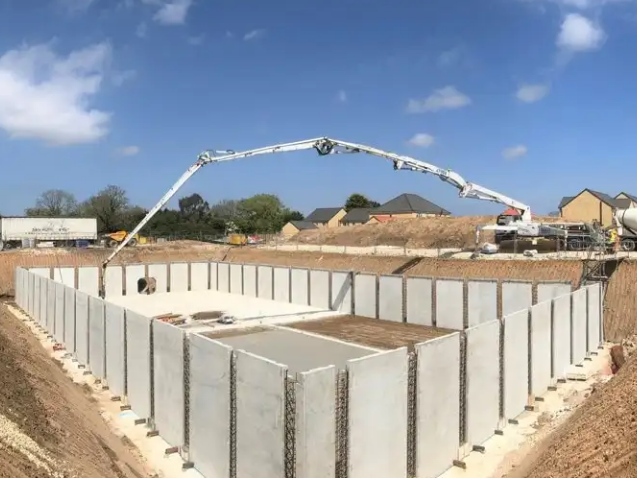What are the best practices for stormwater management?
Stormwater management is the way to prevent waterlogging and
improve the quality of water received by rivers and streams. Modern stormwater management practices also
focus on improving the process of groundwater recharging by allowing more water
to be soaked by the ground.
All the stormwater management techniques aim at detaining
stormwater and removing pollutants from it. For a residential complex, two
approaches for stormwater management that are mentioned here.
- Rooftop stormwater management system – This is an excellent approach to manage runoff and quality of stormwater. It is appropriate for buildings with limited outdoor spaces to install an underground stormwater attenuation system. There are 2 types of rooftop stormwater management systems i.e. blue roofs and green roofs.
- Blue roofs are more cost-efficient and easy to install. They accumulate the water falling on the rooftop and then this water is released through the roof drains into the main sewage system.
- Green roofs are more functional than blue roofs as they help in controlling runoff and also assist in the process of stormwater filtration. They use a layer of soil and vegetation, which help in the detention of a certain quantity of water and the adsorption of pollutants and micro-nutrients. The added benefit of green roofs is that they prevent the roof from becoming too hot or cold.
- Subsurface stormwater management system- There four major options for using an underground stormwater management system i.e. storage tanks, perforated pipes, stormwater chambers and gravel beds.
- Underground attenuation tanks are the most compact of all the subsurface systems. They collect the water from a small region and once the water is stored in the tank, it can be diverted to the main drainage system.
- The second approach, perforated pipes use a combination of two approaches, where the pipes served as tanks, and being embedded in the gravel, they enhance rainwater holding capacity.
- Gravel beds accumulate stormwater in the space between gravel grains. This system achieves highest soil infiltration, but tends to occupy more space than the other three options.
- Stormwater chambers have open bottoms that allow ground infiltration. They are a practical solution for stormwater management in small outdoors.
Conclusion– All
the above-mentioned approaches for stormwater management are practical, easy to
install and cost-effective. Choosing any of these approaches should depend upon
your requirements, space availability, soil, groundwater level and existing
utility lines.


Comments
Post a Comment